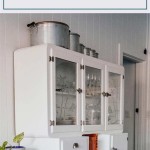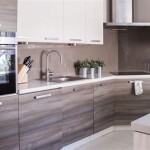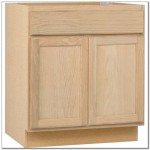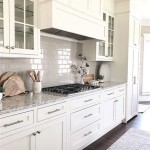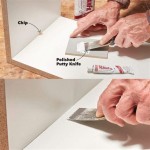Do Cabinets Go On Top of Tile: Essential Aspects to Consider
When embarking on a kitchen or bathroom remodel, one of the crucial decisions you'll make involves determining whether to install cabinets on top of tiles. While this approach offers certain advantages, it also comes with potential challenges. To ensure an optimal outcome, it's essential to carefully consider the following aspects:
Advantages of Installing Cabinets on Top of Tile
Seamless Integration: Installing cabinets directly on tiles creates a cohesive and streamlined appearance, eliminating the need for backsplashes and providing a clean, modern aesthetic.
Durability: Tiles are highly durable and resistant to wear and tear, making them an ideal surface for supporting heavy cabinets.
Simplified Maintenance: Cleaning tiles is relatively effortless, making it easy to maintain both the cabinets and the tiled surface beneath.
Challenges of Installing Cabinets on Top of Tile
Height Restrictions: Installing cabinets on tiles can raise the overall height of the countertops, potentially affecting the ergonomics and functionality of your kitchen or bathroom.
Uneven Surfaces: Tiles may not always be perfectly level, which can make it challenging to ensure that the cabinets are properly aligned and secured.
Subfloor Strength: The underlying subfloor must be sufficiently strong to support the weight of the cabinets and their contents. Otherwise, there's a risk of sagging or collapse.
Factors to Consider for Optimal Results
To achieve a successful installation of cabinets on top of tiles, the following factors should be carefully evaluated:
- Tile Type: Certain types of tiles, such as ceramic or porcelain, are more suitable for supporting cabinets than others.
- Subfloor Strength: Ensure that the subfloor is sturdy enough to bear the weight of the cabinets and their contents.
- Cabinet Weight: Consider the weight of the cabinets and their intended contents to ensure that the tiles can adequately support them.
- Cabinet Height: Determine the desired height of the countertops and ensure that the cabinet height is compatible with the existing tiles.
- Professional Installation: Engage the services of a qualified contractor to ensure proper installation and avoid potential issues.
Alternatives to Installing Cabinets on Top of Tile
If installing cabinets directly on tiles poses challenges, there are alternative approaches to consider:
Backsplashes: Installing backsplashes between the tiles and cabinets provides a transition surface while protecting the walls from spills and moisture.
Cabinet Trim: Adding trim molding around the cabinets can conceal any gaps between the tiles and cabinet edges, creating a more finished look.
Self-Leveling Compound: Using a self-leveling compound to create a smooth and level surface prior to cabinet installation can address any unevenness in the tiles.
Conclusion
The decision of whether to install cabinets on top of tile should be carefully considered, weighing the advantages and challenges. By taking into account the factors discussed, you can make an informed choice that aligns with your design preferences and practical requirements. If installing cabinets directly on tiles proves not to be a viable option, alternative solutions such as backsplashes or cabinet trim can provide a satisfactory outcome.

Do Kitchen Cabinets Go On Top Of Flooring Pa

Should You Install Tile Floor Before Or After Cabinets

Should You Install Tile Floor Before Or After Cabinets

Should You Install Tile Floor Before Or After Cabinets

Should You Install Tile Under Cabinets

Let S To Tile Or Not Hi Sugarplum
.jpg?strip=all)
Should You Install Tile Under Cabinets

Should You Install Tile Floor Before Or After Cabinets

What Should Your Cabinets Height From The Floor Be

How To Coordinate Kitchen Flooring Cabinets Countertops
Related Posts

